Last Updated on July 31, 2021

Before he became associated so heavily with Liam Neeson thrillers, Jaume Collet-Serra made a mark with two medium-budget horror films that have since become minor cult classics: HOUSE OF WAX and ORPHAN. After helming three Neeson vehicles – UNKNOWN, NON-STOP and RUN ALL NIGHT (with THE COMMUTER up next) – Collet-Serra has returned to smaller scale frights with the shark attack flick THE SHALLOWS, which just posted an impressive $16 million opening weekend to go along with a bevy of positive reviews. (Check our interview with star Blake Lively HERE.)
I recently had the opportunity to talk at length with Jaume about the challenges he faced on THE SHALLOWS; additionally, we touch upon such topics as shooting on location vs. shooting in a studio, staying out of Blake Lively’s way, why he would never have made the movie if he had been required to work with a mechanical shark, and much more!

Your first two features were horror films, and you followed them up with a handful of action thrillers. The Shallows can be classified as horror, so what was it like returning to the genre?
It’s sort of the same thing, in a sense, just different challenges. When I started in horror it was a big opportunity, to come from the commercial world. Then you want bigger challenges, explosions and gun fights. Horror movies, by their nature, tend to be much smaller. And then when you’re doing big movies you start appreciating it, going back into simpler things. Happiness is in the balance and the diversity of things. That’s what I do. I do suspense, whether that goes into horror… This is the first PG-13 horror that I’ve done, so it’s also different from the other ones. The expectations are different as well. This is the smallest movie that I’ve done. Many directors tend to go bigger, I go backwards.
When you were first getting started, did you envision that you’d work in horror a lot?
I think if you’re planning too many things in your life, you’re gonna lose. You have to react as life changes. When I thought about my career the internet hadn’t even been invented. So I think that whatever I wanted to do and whatever I’m doing is a different world. The question is, whether or not I’m happy, and I am happy doing what I’m doing. My style, even when I was doing commercials, I had a sense of cinema. Even in the commercials that I did, there was always a clear story, a clear idea. Even when it’s a small movie or a horror movie, I try to be respectful of the story, to understand what the audience is paying to see.
In terms of The Shallows, how much of what we’re seeing of Blake Lively on that rock is real versus how much is in a studio?
It’s 90 percent studio. It’s a big leap of faith as a director. Obviously, many movies in the past have had digital backgrounds; very few of those have a realistic approach. Most of them are stylized. My biggest fear was whether or not I’d have to really stylize the movie in order to make you believe- it has a little bit of stylization, but not too much. The third act is a bit more movie-like, in all senses it becomes more stylized.

What are the challenges for you as a director working with an actress who is acting opposite nothing? There have to be some difficulties for an actor in that situation.
I try to make her life easier. At a certain point you’re trying to be as clear as possible about what you need. She’s an actress that likes to be in the moment and wants to be in the moment for as long as possible. So with other movies you would do a shot here, a shot there; in this case, you almost have to do the entire scene several times. You have to give her the freedom to feel it, you cannot be like, “And then pause for two seconds, turn around, look.” You have to accept that whatever she’s feeling is real, because she’s there and she’s the one experiencing it. And you put your technical needs, because most of the directing is technical, second. At the end of the day, performance wins over technical. I think we hit the marks.
The shark is 100 percent computer generated, and it looks good throughout, but was there ever a thought to have a model at some point?
No. I would have never made this movie if that had been the case. Not possible. I don’t believe in this day and age- especially in water. Such a creature like that, it’s just impossible. The bigger the things are, the harder they are to move. To move something like that in the water is almost impossible.
What’s your process in pre-production; is everything storyboarded beforehand?
The entire movie. I’m not going to storyboard a five minute scene of two people sitting at a bar, I have a shot list for that. But most of my movies are intense in visuals, and it’s not because I’m saying, “Oh I have to do this shot because it’ll be the best shot ever created,” it’s to give an idea to the producers and the crew where our resources should be spent. I can say, “Listen guys, I’m going to be shooting it mostly from this character’s point of view, so don’t bother building the other side of the room.” That’s a huge saving; if you know as the director two months in advance you can use that money somewhere else. In this day and age, people are asking us to be responsible, to do things as economically as possible, because it’s a tough world out there. I’m one of those directors who is responsible; I am a responsible person, so I would never be over budget. I feel that any restriction is a good thing.
It brings out the creativity?
You have to. If you gave me all the money in the world and all the freedom in the world, I wouldn’t know what to do. I’m not one of those people. Some people could do wonderful things, I am just not one of those people.

Do you prefer to be on a location as opposed to being in a studio?
Studio is relative, because we shot in a tank, with water, and it was all very difficult. It didn’t feel like a studio, because it felt like we were in the wilderness. My next movie is in a studio, but it’s also very contained. I like contained movies, I like painting myself in a corner and trying to get out of it. I shot Run All Night all on location all over New York, and yeah it was great and it was freeing, but I wasted- not wasted, but I spent three months location scouting. Not because I couldn’t find the location, but because of the fucking traffic. [Laughs] I spent so much time in that fucking van going all over New York. When we were shooting it was great, but no one is going to give me those hours back. The one thing about shooting in a studio that is great is that it’s there. You build it, you design it, it’s there, and you have more control.
Was there any one sequence in The Shallows that was harder to pull off than anything else?
The unexpected things. When you have a big sequence, everyone focuses on that sequence and it usually turns out pretty well. The hardest things are the little things you don’t expect. The scene with Blake sitting on her board talking to the two surfers fifty yards away was incredibly difficult. Because it was the real ocean, everything moves, the boats, people are puking, she’s barely in frame for half of it. Everyone is drifting, the boat is drifting one way. I’m looking at the monitor and I’m thinking, “Why is the frame so bad?” Then I look and we’ve moved like 60 degrees off. That stuff is very frustrating, because it’s stuff you can’t anticipate. A one-page scene took the whole day to shoot.
Did you shoot sequentially?
No. I never shoot sequentially. It’s impossible; it goes against the spirit of making a movie. I have to shoot the movie for whatever is most economical. You have to start wherever makes the most sense economically and go from there. I’ve heard some people are lucky enough to shoot sequentially.
Some directors must think it helps the film.
They’re lucky. They’re lucky directors.

Do you get out to the movies much?
I see stuff, just probably not when other people are seeing them. I will go to the movies one day and watch five movies, just binge on it. It’s a job, I have to know what’s out there. Then I have my personal movie time with my partner, and we’ll go watch what she likes, like a normal couple. The problem is, I move so much from project to project. I don’t even have a TV, you know. I end up watching a movie on the iPad, and it’s not fair, it’s not right. I hope one day to have a home with a screening room.
Was there any one movie that came out recently that really blew you away, or that you thought was exceptional?
Obviously, The Revenant. After what I went through, on a much smaller scale, and I’ve shot during the winter many times, I can only imagine what they went through. It’s exceptional for the determination and the attitude they had. For me, my favorite movie last year was Ex Machina. That’s just an absolutely extraordinary piece of writing; it’s a genre movie, it’s smart, executed perfectly. That’s the kind of movie I would aspire to make. I’m more impressed with movies that have limitations than the movies that have all the toys and whatever.



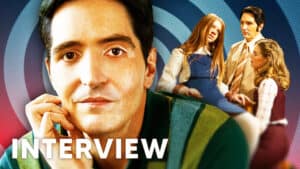
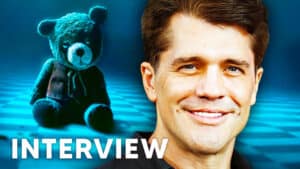

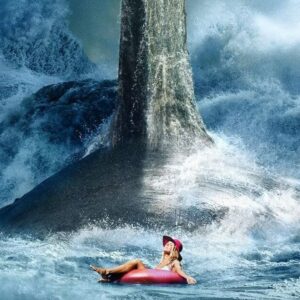
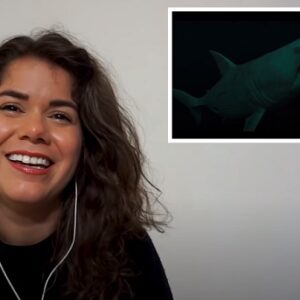
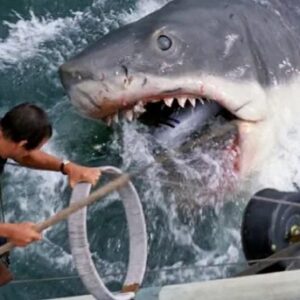
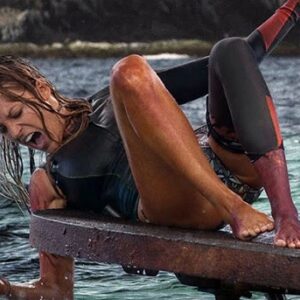
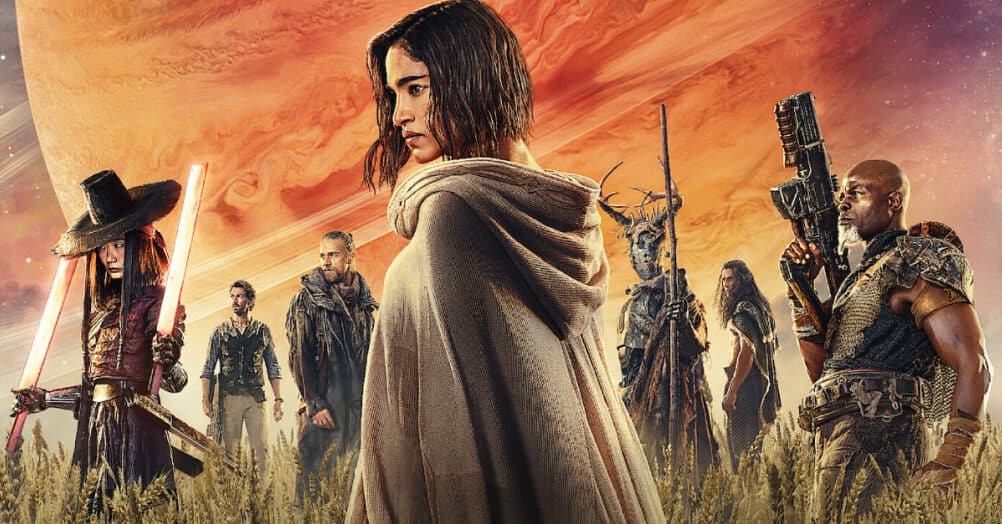
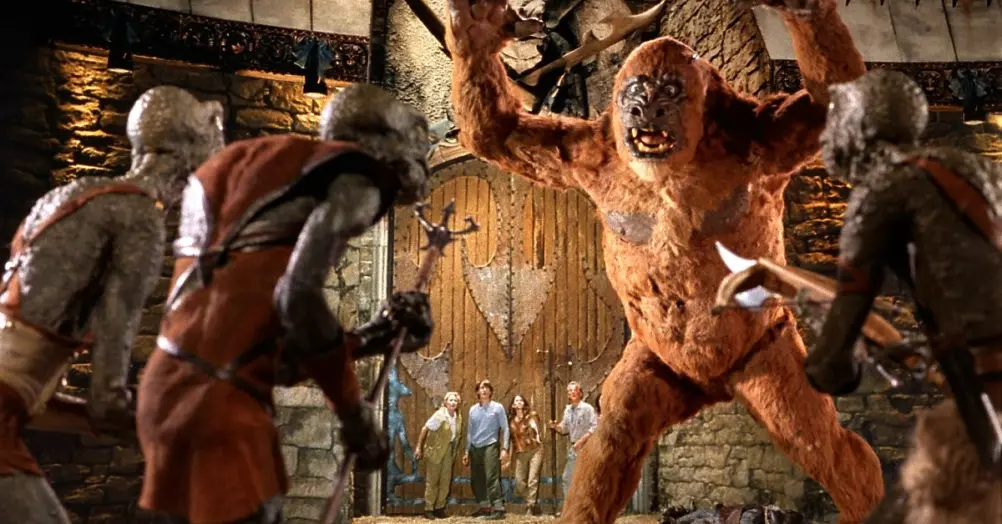
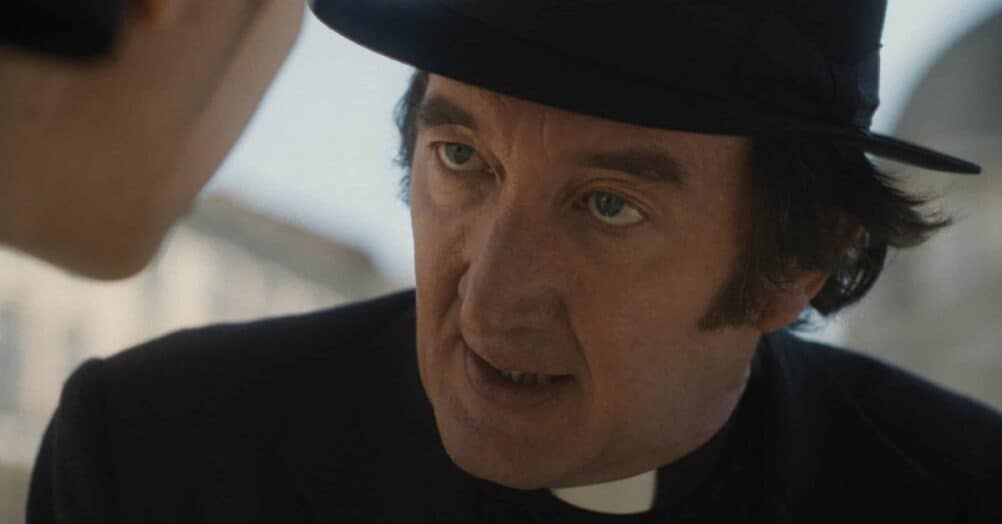

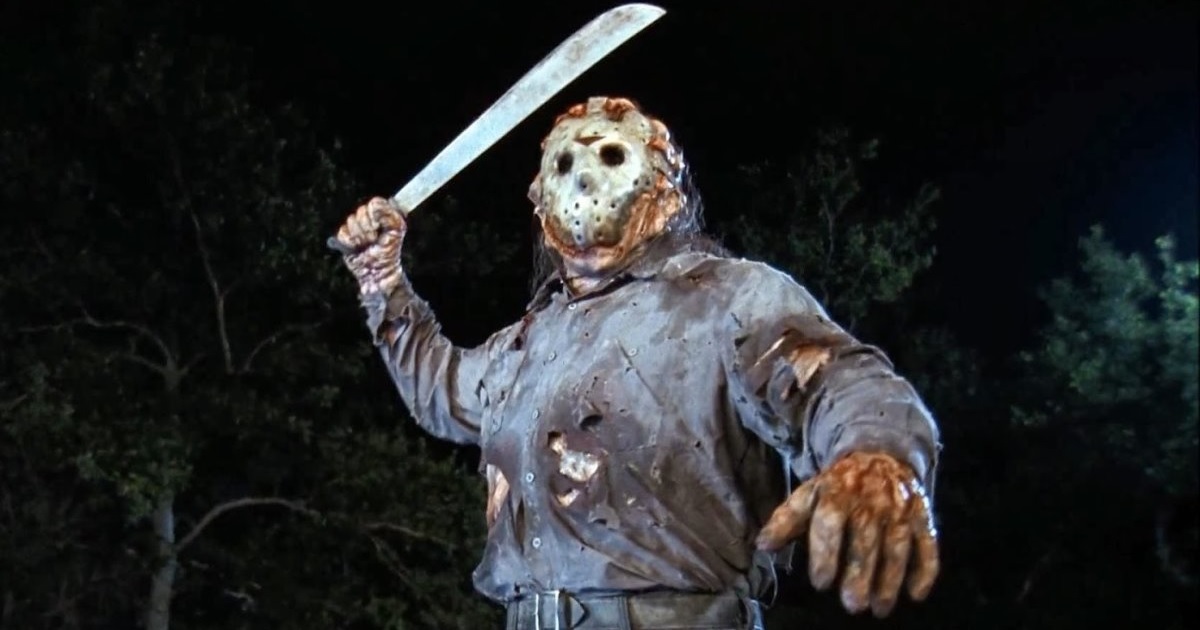
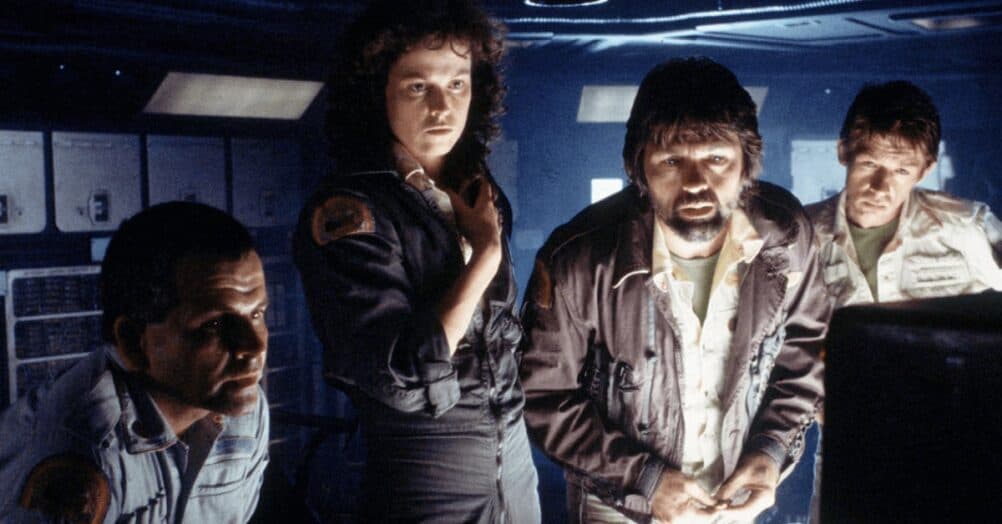
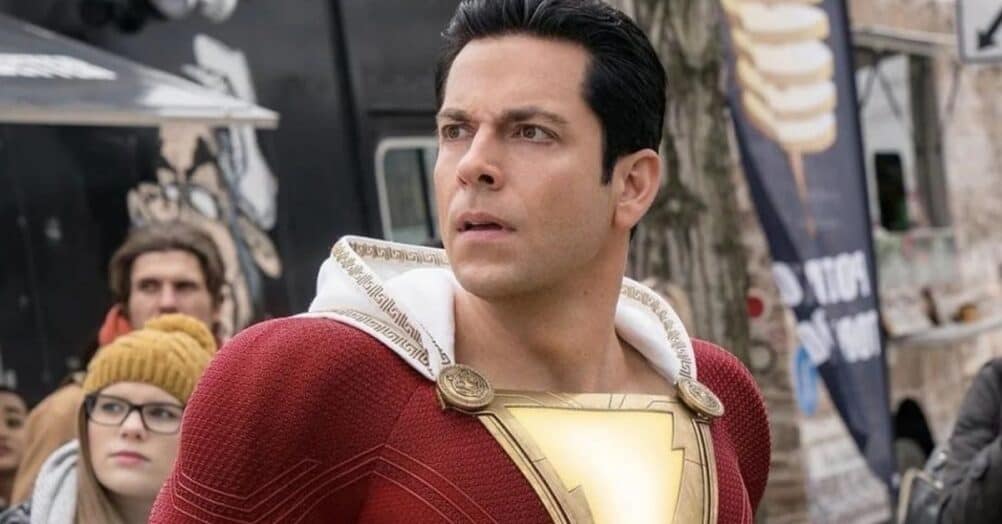

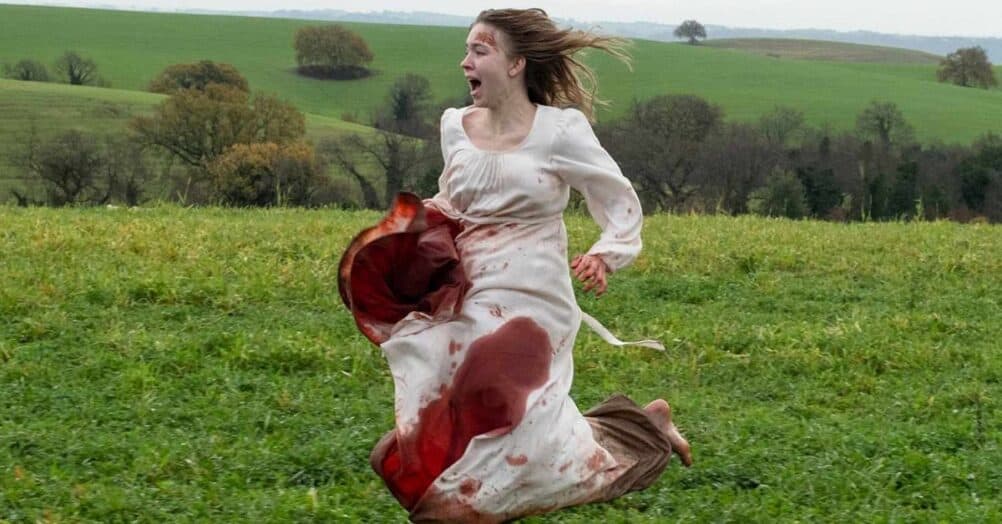
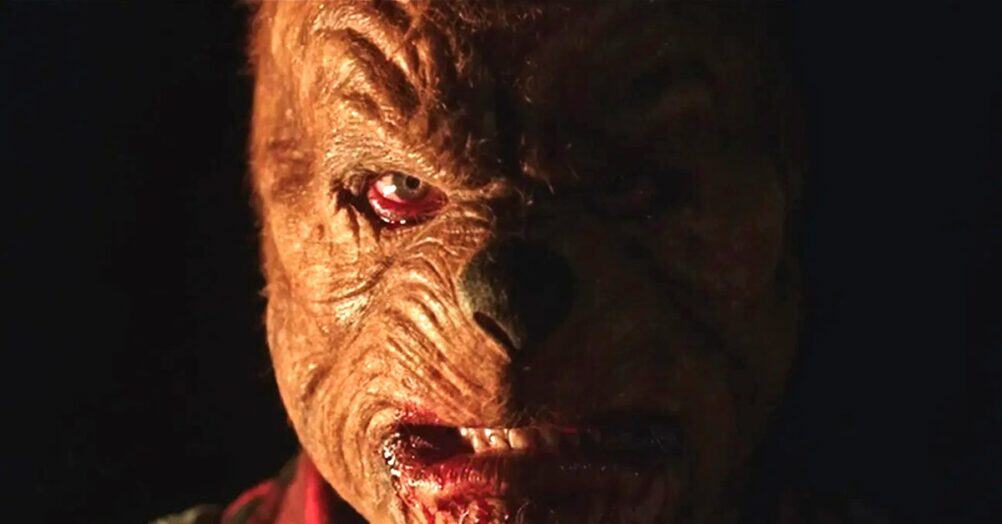
Follow the JOBLO MOVIE NETWORK
Follow us on YOUTUBE
Follow ARROW IN THE HEAD
Follow AITH on YOUTUBE